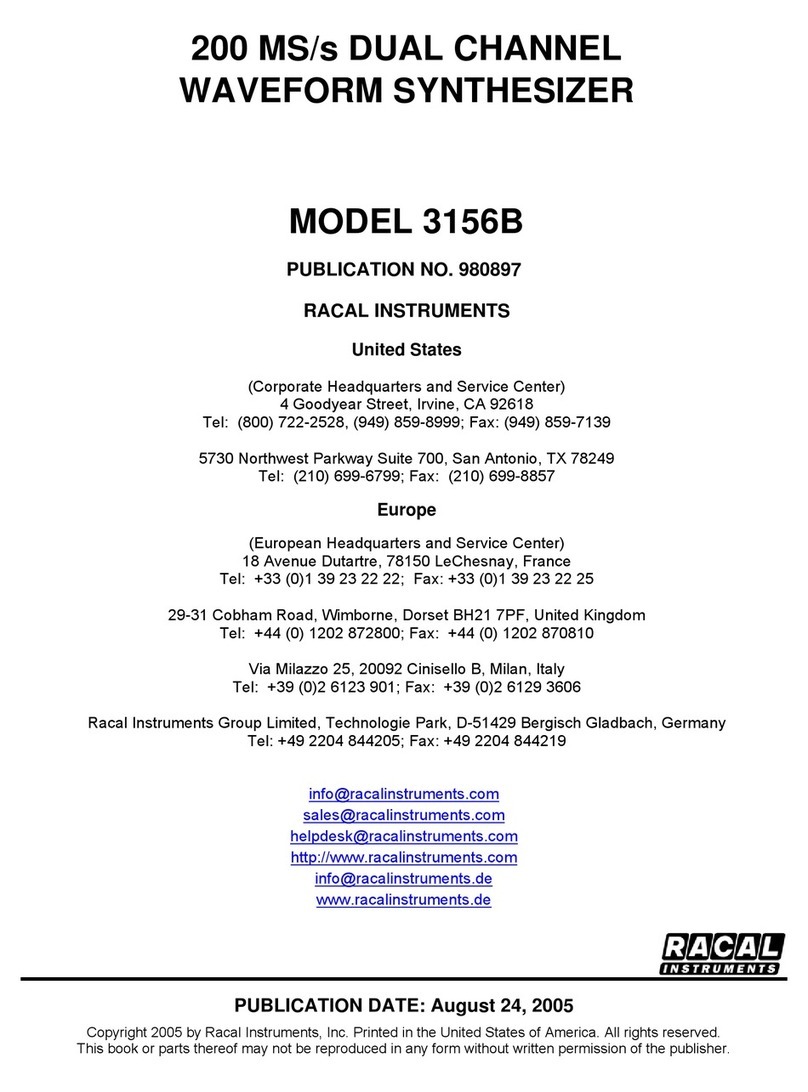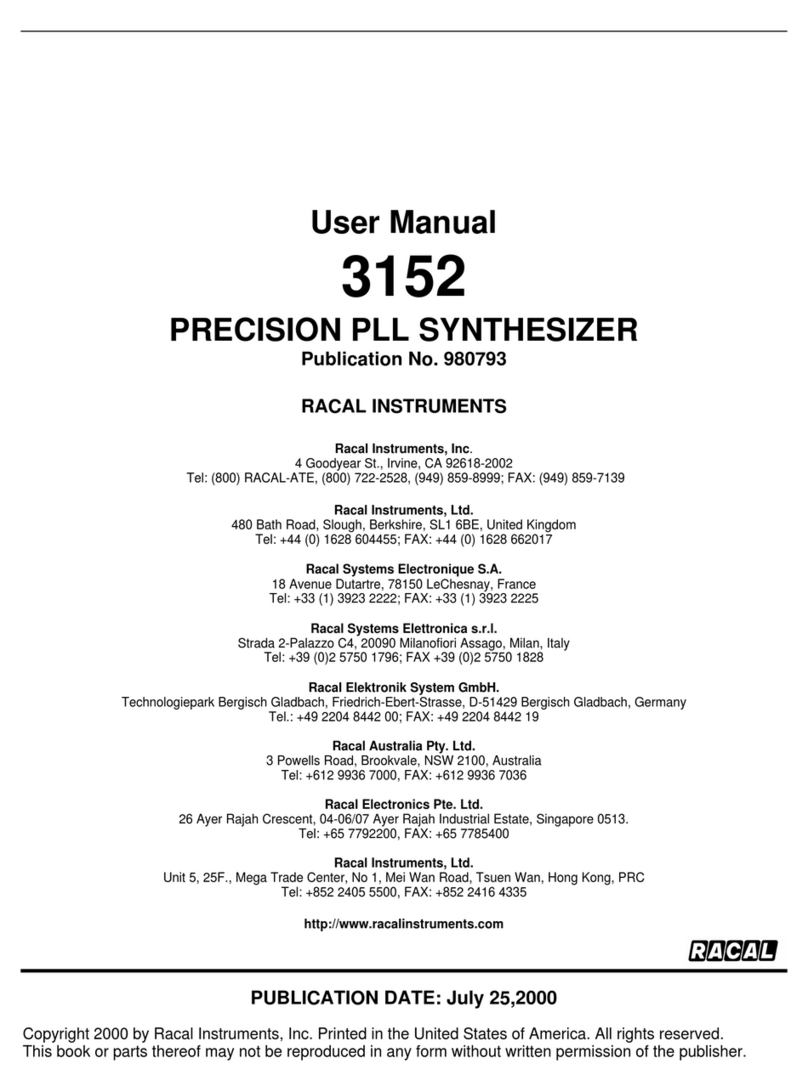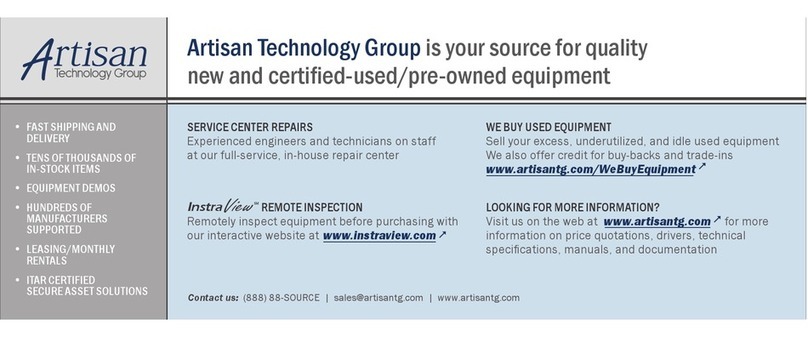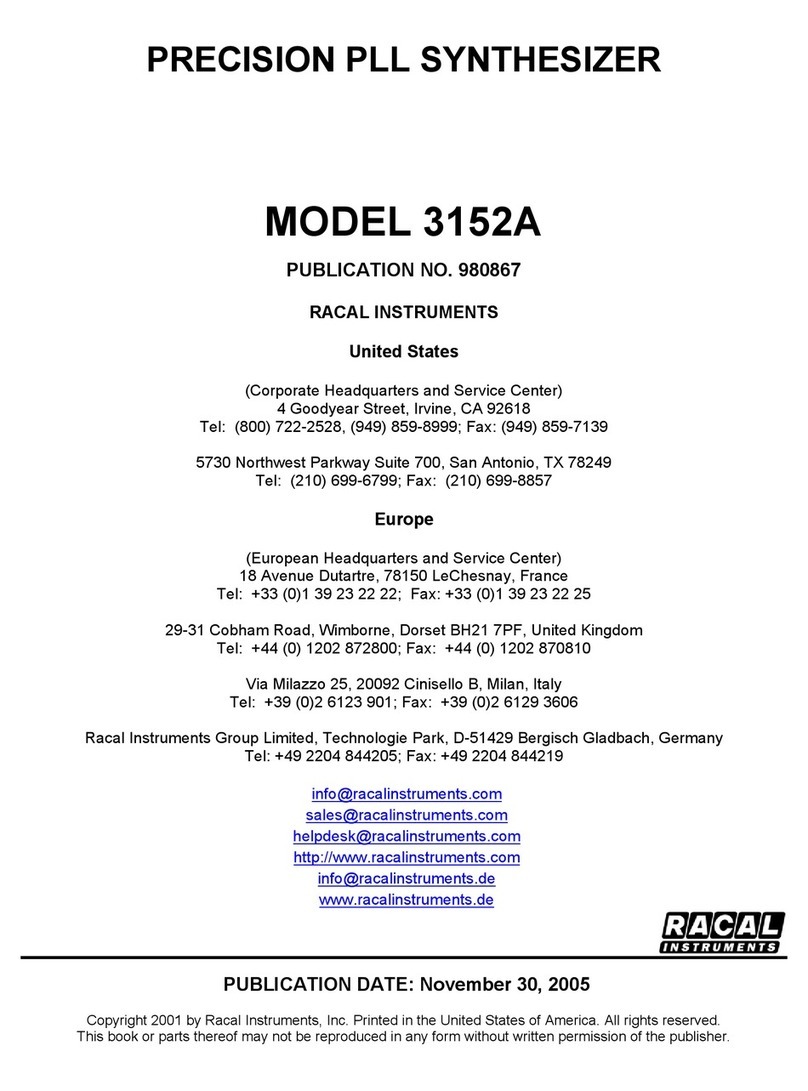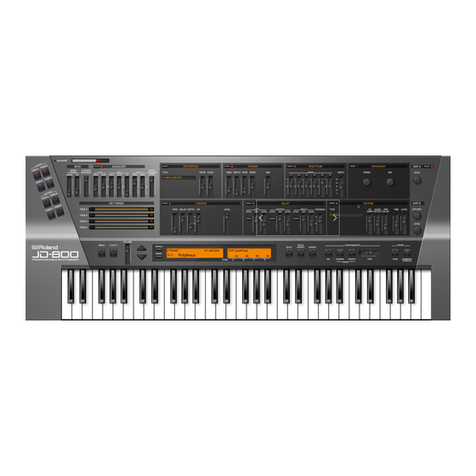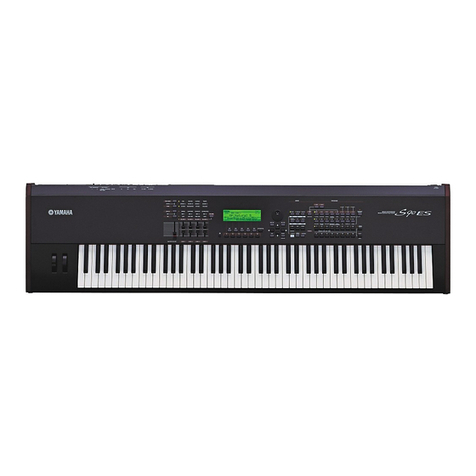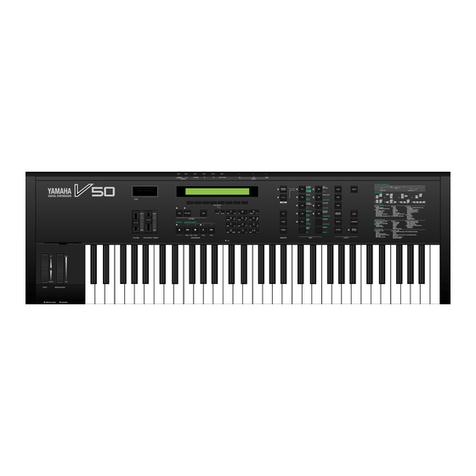
User Manual 3162A/B
v
Performance Check Procedures....................................................................................................5-4
Frequency Accuracy....................................................................................................................5-5
Amplitude Accuracy ....................................................................................................................5-6
DC Offset Characteristics.............................................................................................................5-7
Square Wave Characteristics........................................................................................................5-9
Sine Characteristics ..................................................................................................................5-10
Sine Flatness............................................................................................................................5-12
Trigger Gate & Burst Characteristics...........................................................................................5-13
Synthesizer Agility Characteristics..............................................................................................5-14
PLL Characteristics...................................................................................................................5-16
Adjustments.................................................................................................................................5-17
Environmental Conditions ...........................................................................................................5-17
Warm-up Period........................................................................................................................5-17
Recommended Test Equipment ..................................................................................................5-17
Adjustment Procedures..............................................................................................................5-17
Sample Clock Duty Cycle Adjustment.........................................................................................5-18
Pulse Response Adjustment ......................................................................................................5-18
Amplitude Adjustment................................................................................................................5-20
Offset Adjustment......................................................................................................................5-21
PLL Adjustment ........................................................................................................................5-22
Troubleshooting................................................................................................................................5-22
Recommended Test Equipment......................................................................................................5-22
Power-up Tests.............................................................................................................................5-22
Self-Test...................................................................................................................................5-23
Main Board Circuits Checkout ....................................................................................................5-23
Power Supply Checks................................................................................................................5-24
CPU and VXI ASIC Checks ........................................................................................................5-24
Output Amplifier and Amplitude Control Checks ...........................................................................5-25
Clock Synthesizer Checks.........................................................................................................5-26
Engine Board A/B Circuit Checkout ................................................................................................5-27
Engine Board A/B Checks..........................................................................................................5-27
Continuous Operation Checks ....................................................................................................5-27
Triggered Operation Checks .......................................................................................................5-29
D/A, Preamplifier & Amplitude Control Checks.............................................................................5-29
Sequence Generator Checks......................................................................................................5-30
Chapter 6
PRODUCT SUPPORT.............................................................................................................................6-1
Product Support .................................................................................................................................6-1
Reshipment Instructions......................................................................................................................6-1
